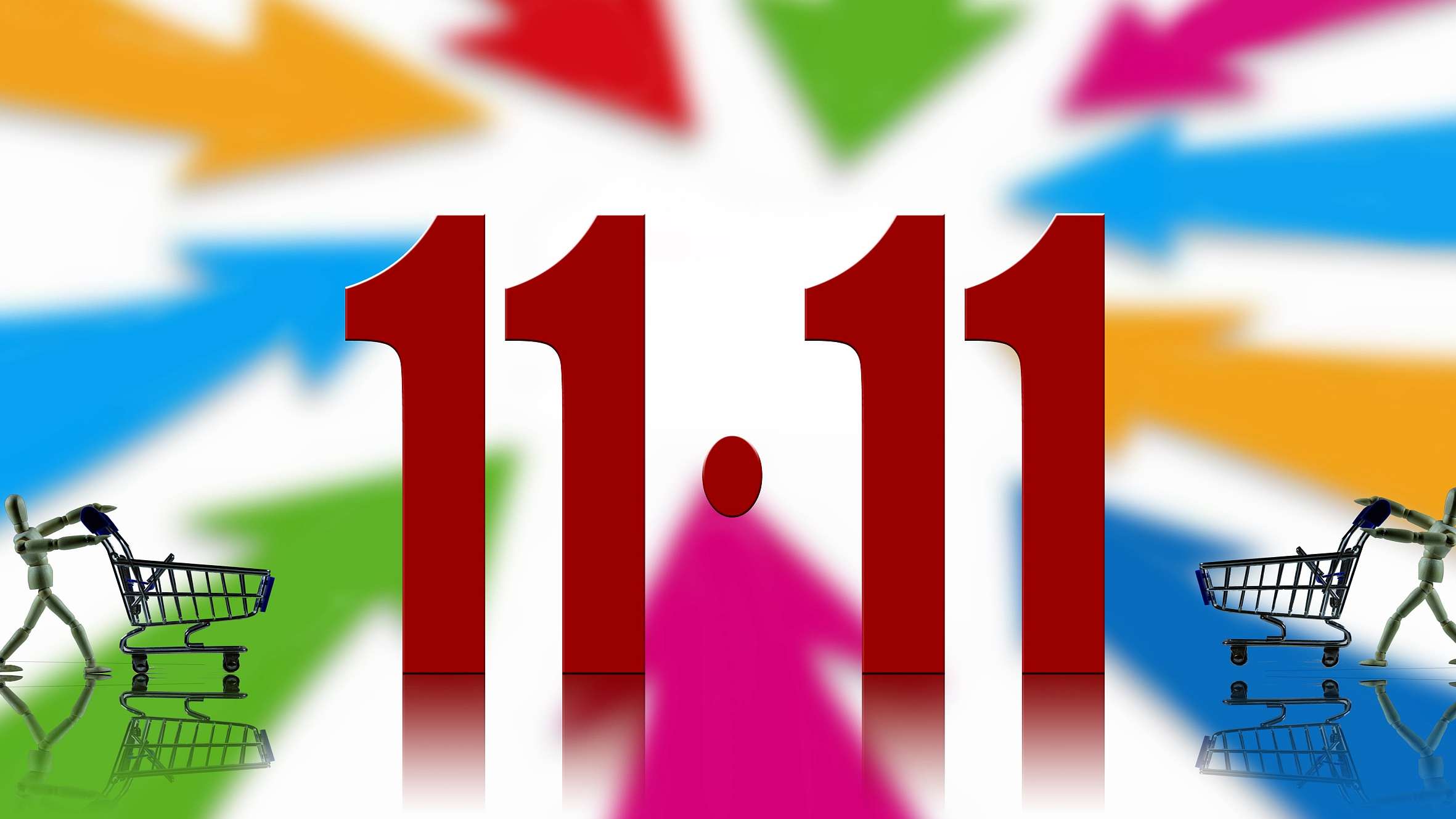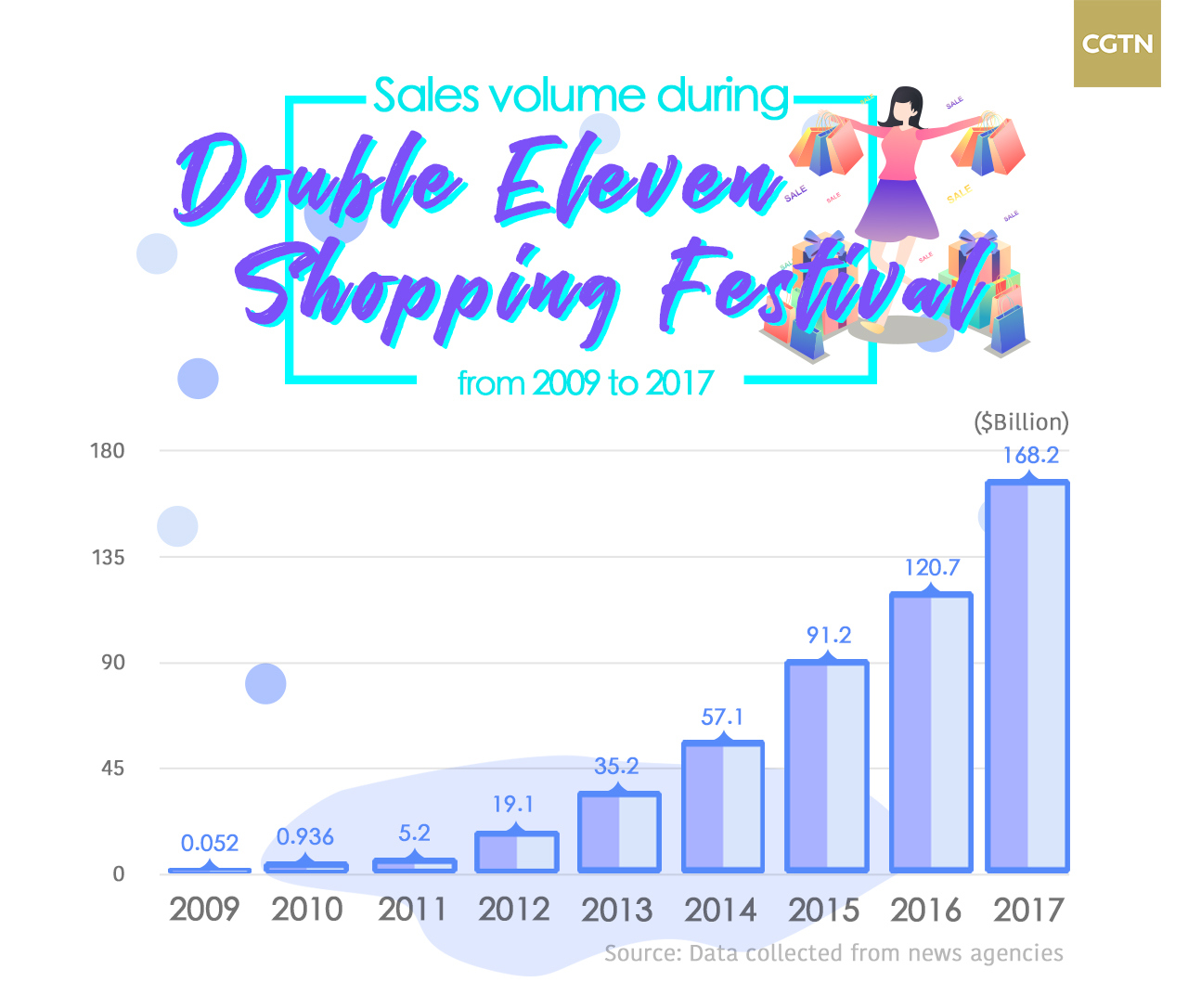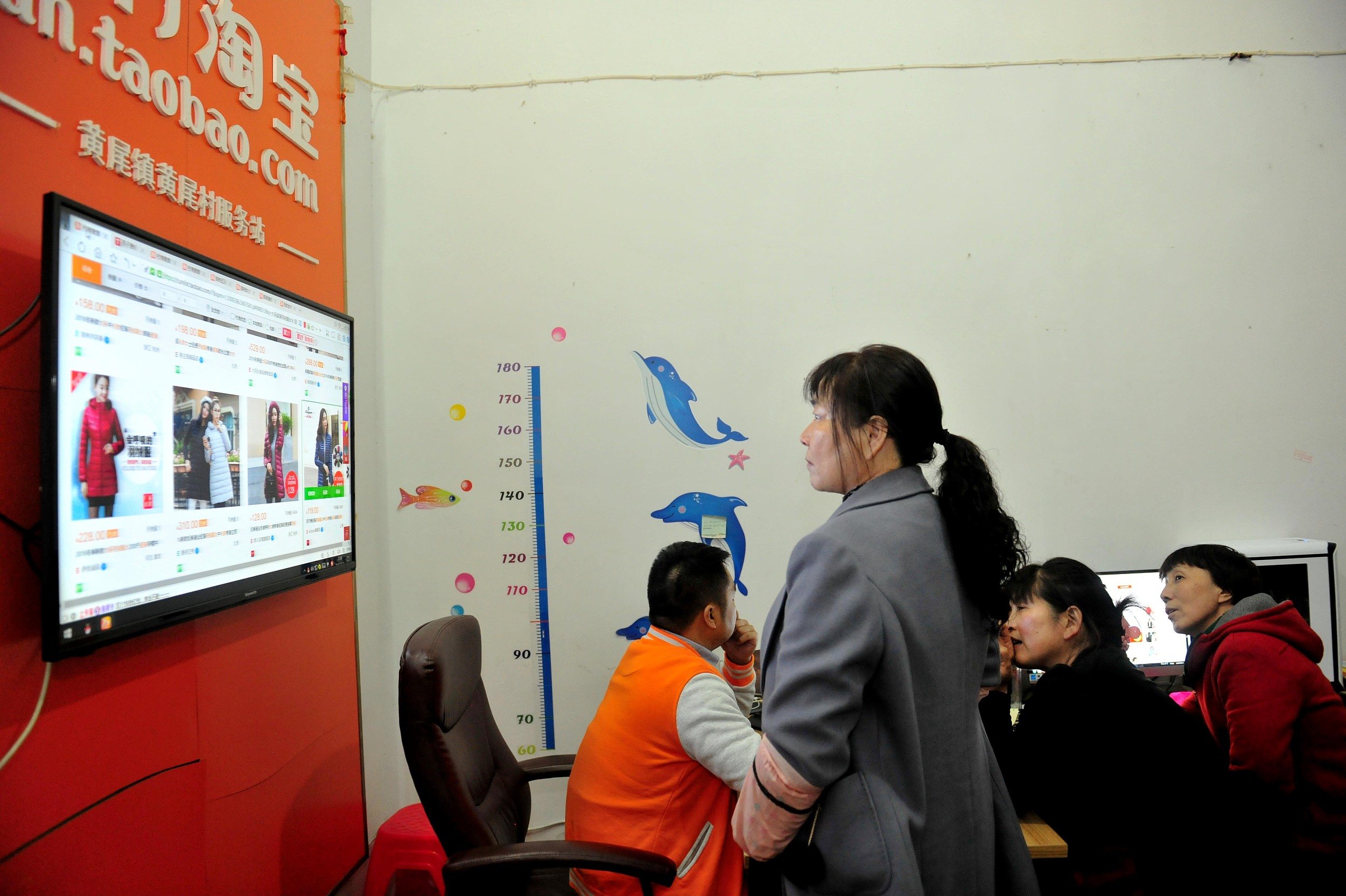
Business
18:31, 10-Nov-2018
'Double Eleven': A window into China's consumption power
Updated
17:26, 13-Nov-2018
CGTN

This year marks the tenth "Double Eleven" (November 11) shopping festival in China, which kicks off on Saturday. The numbers from China's biggest sales event provide some insight on how China's consumption power has grown.
Sales volume from Double Eleven surged from 52 million yuan (7.48 million US dollars) in 2009 to 168.2 billion (24.2 billion US dollars) in 2017. Last year, the total transactions on Alibaba's online shopping portal Tmall.com exceeded 10 billion yuan in just three minutes.

Consumption has remained a significant driving force in China's economy. In the first half of 2018, consumption contributed to 78.5 percent of the country's economic growth, up 14.2 percentage points from the same period last year, according to the National Bureau of Statistics (NBS).
In the first eight months of this year, China's total consumer goods retail sales exceeded 24 trillion yuan, with monthly consumption exceeding three trillion yuan for four consecutive months. Online retails sales alone surged to 5.52 trillion yuan during the January to August period, up 28.2 percent.
High consumer confidence is the natural result of positive policies such as tax cuts and import tariff reduction.
Chinese authorities in October unveiled draft temporary measures on special additional deductions from taxable personal incomes, which is part of a broader overhaul of the individual income tax law.
In addition to tax cuts, China also actively expanded imports this year to further open up its market and to meet the ever-growing needs of its people.

Imported products seen in a Chinese supermarket. /VCG Photo
Imported products seen in a Chinese supermarket. /VCG Photo
From May 1, China removed import tariffs on all imported common drugs, including cancer drugs, and lowered the import tariffs on vehicles and auto parts as well as some consumer goods from July 1. On November 1, the country lowered tariff rates on 1,585 taxable items, mainly industrial products.
Rational consumption is a new trend
With higher personal incomes, rational and high-quality consumption has become a recent trend. Consumers are looking to buy things that can offer them fresh experience and services, instead of blindly hoarding daily necessities. This is partly due to China's qualitative economic development in recent years.
Crius Li, a frequent online shopper and copywriter told CGTN that consumers' needs have changed in recently years.
"Over the years, because the rise of e-commerce convenience has spread to our daily lives, so the things that you want to buy can be bought every day, not just on Double Eleven. It seems that the price advantage of the Double Eleven is not that obvious."
"People are less frantic than in earlier years when Double Eleven just sprang up. I think this should be the result of rational consumption. I believe that the demand has changed, and it is still changing," added Li.
E-commerce offers new paths for poverty alleviation
Rural e-commerce has become a new way to address poverty alleviation.
By the end of 2016, there were 8.32 million rural online stores, bringing jobs to more than 20 million people. From January to September 2017, rural retail sales reached 836.14 billion yuan, accounting for 17.14 percent of the national online retail sales, up by 38.3 percent year-on-year, 5.6 percentage points higher than in urban areas.

Villagers are busy during "Double 11" shopping festival in Anqing City, east China's Anhui Province./VCG Photo
Villagers are busy during "Double 11" shopping festival in Anqing City, east China's Anhui Province./VCG Photo
Alibaba's poverty alleviation project has covered 22,000 villages in about 500 counties in China at the end of 2016. JD.com has established county-level service centers and assistance stores in more than 1,700 counties. Suning has set up 1,770 stores and more than 10,000 authorized service outlets in over 1,000 counties.
The promising prospects of rural e-commerce has also attracted young migrant workers to return to work in their hometowns. The number of migrant workers was reduced by 12 million in 2016 due to the development of rural online business. According to statistics, the proportion of migrant workers in rural areas with online business is 11.1 percent, while that proportion in areas without online business is 20.4 percent.

SITEMAP
Copyright © 2018 CGTN. Beijing ICP prepared NO.16065310-3
Copyright © 2018 CGTN. Beijing ICP prepared NO.16065310-3